Sustainable coffee farming in Uganda – what we learnt
In March 2023 Ben and Alice visited the Rwenzori Mountains in Western Uganda to understand more about the coffee value chain, and the sustainability challenges faced by coffee farmers. We had no idea what to expect from this trip, and arrived open minded and eager to learn. During our time there we spent understanding the end-to-end process involved in getting coffee ready to export: from trekking high into the mountains to meet with farmers who were cherry picking, seeing the cherries being bought, walking around the factory where the coffee was processed (more on this later), speaking to staff who were looking after the coffee on the drying beds and finally, cupping (tasting freshly roasted coffee). All of this was made possible by the help of Agri Evolve who are based in the Rwenzori Mountains and are pioneers in sustainable agriculture and innovation. We spent a huge amount of time interviewing their staff who are all passionate about sustainable farming.

Here’s a bit about we learnt, and what surprised us most!
1.Small holder farmers really are “small”!
When we had written previously about small holder farmers, we thought (naively) that that meant the coffee had come from a collective of farmers with a collective small holding – perhaps of a couple of thousand trees. In fact, you may have seen the word “small holder” or “collective” written in our monthly coffee guides and on the backs of coffee bags. What came as a huge surprise, is that some of these small holder farmers may only own a handful of trees, sometimes tens, sometimes hundreds, but not always a substantial number of acres that we had pictured. Often these trees share land with other plants or trees for farming purposes (such as bananas).

For those farmers with a very small piece of land there are tough choices to make about whether to farm coffee or plant other trees. In most coffee producing countries coffee trees can only be harvested once a year, but luckily in the Rwenzoris they get two harvests, which helps incentivise these farmers to try (or stick with) coffee farming. Many of these small holders work completely on their own, with just their family helping them pick and harvest. It is thanks to Agri Evolve that these farmers can take their coffee to a local buying station (usually positioned at the top of the mountain) and have their coffee weighed and bought for cash. If it wasn’t for these buying stations many of these small holder farmers would have to spend their day getting down the mountain to find a buyer (which could take 4-6 hours, one way!).
So, the next time you drink a cup of coffee and see the words “small holder” farmer – remember that the product in your hands has come directly from a hard-working farmer whose coffee trees are really important to their livelihoods.
2. The value chain is far more complex than you’d think
Working in coffee for the last few years, Ben and I have built up knowledge about the end-to-end coffee value chain. But prior to working in coffee, my understanding of coffee farming was as simple as: farmers grow coffee > the coffee is exported > the coffee is roasted and hey presto > we have coffee in our kitchen or local coffee shop. Not only is the process far more complicated than described here, but there are also sustainability challenges at every stage. Below are just a few of the potential challenges and remedies that we learnt of.
Stage of Coffee Value Chain
-
Coffee picking (picking the cherry fruits of the tree, which contain the beans)
-
Cherry selling /purchasing (at origin)
-
Coffee processing & getting ready for export
-
Export
Potential sustainability challenges
-
Child labour – many farmers have no choice but to put their children to work. They have the choice between paying for school fees and picking cherries to earn money.
-
Unfair pay for farmers
-
Picking unripe cherries for short term cash from middle-men who don’t pay a fair price
-
Men are solely in charge of income gained from selling cherries
-
Factory waste (such as that created by outside parchment of the cherry – think of the husk of a fruit or the peel from an orange)
-
Unclear information about where the coffee is sourced from
Potential remedies as witnessed in Agri Evolve programs
-
Verified small farmer loan schemes which help farmers to pay for school fees when they are due (even if this is out of sync with their harvest)
-
Increased education about the importance of children attending school
Charitable initiatives to support with school fees which incentivises farmers to prioritise school over farming -
Education about increased benefit and value of waiting to pick only ripe cherries
-
Transparency of current pricing which is competitive and based on quality (in practice, this looks like boards outlining the price of the day, which has tripled in last few years)
-
Re-use of waste for organic fertiliser
Education about joint household decision making -
Lack of green/sustainable energy needed for lighting/heat in factory
Agri Evolve have a lead of Special Projects who is heading up multiple initiatives to tackle the sustainability challenges faced. Head here to see a video interview with Agnes here
3. Red cherries make for the best coffee
Some readers out there might be confused with all this talk about cherries (‘I thought I was reading a coffee blog?!’) so let’s first be clear about cherries and coffee. Cherries are the fruit that is picked, with the coffee bean (or ‘seed’) inside. When a cherry is picked, the outer fruit needs to be removed to get to the bean. There are two processes for doing this, which result in very different tasting coffee: one is the Natural process, the other is the Washed process. Naturally processed coffee is where the cherry is picked and dried in the sun (naturally) or in a mechanical drier, with the outer fruit left intact, giving the bean a more fermented or fruity flavour. Washed coffee on the other hand, sees the outer fruit removed (washed off) before the coffee is dried.
So, back to the cherry itself. When the cherry is ripening it goes from green to yellow, yellow to orangey yellow, then to red. When the cherry is picked as a green or yellow fruit, the taste is very bitter, so it’s super important the cherry is ripe. In the Rwenzoris, many farmers would proudly come up to you with their sack of freshly picked cherries and say “red, red”. Over time these farmers have learnt that they will get the best price for these ripe cherries.
*There are however, and rather confusingly some varieties of trees which can have ripe cherries that are yellow, orange or pink, such as the Yellow Bourbon varietal. But we won’t go into that now!

4.Large multi nationals buy a variety of quality
Some large multinationals buy very low quality coffee, such as under ripe yellow and green cherries. For them, they are able to buy this low quality coffee because they are over roasting it anyway, which to some extent helps to hide the lack of quality. This came as no surprise to us – we’ve all tasted a cup of joe from one of the bigger corporate cafes (not mentioning any names) and wanted to spit out. However we were surprised to find out that some large multinationals actually buy the good stuff (the red cherries!) but they roast it to death so the quality is totally lost. It was interesting to find out them some of these companies have some integrity when it comes to the product and sustainable sourcing, even if they don’t match that with roasting or packaging quality.
5.Sustainability isn’t always front of mind for farmers, but this is changing
Sustainably farming coffee takes forward planning and can create a financial challenge. In order to ensure that coffee trees keep producing high quality fruit, it’s important that the older trees are stumped and are left to regrow. However, many farmers put this off as long as they can. These farmers are living hand to mouth and are too worried about losing income to stump the trees and wait for them to grow again. We walked past many farms where the trees were very old and almost dying, but the farmer was not able to think about stumping that tree or planting new ones any time soon, because of the loss of income. Our first response to this was to suggest that they only stump a small percentage of trees and plant new ones, whilst the others bring in income. Agri Evolve reminded us that many of these farmers are struggling to get through the day or week, yet alone think ahead to next year, which makes any strategic forward planning very difficult. Of course there were farmers who were thinking ahead, and we went to visit a coffee nursery were 30,000 baby coffee plants were being grown ready for selling out of harvest. The key to this challenge is education about the value in thinking ahead, as well savings and loans schemes that provide support to farmers when they need it.
We hope you liked this blog and enjoyed reading about our time in the Rwenzori Mountains. We’ll be sharing a few more blogs in the coming weeks, including on coffee processing, Agri Evolve’s pioneering sustainability projects and a day in the life of a coffee farmer.
If you have any questions at all or would like to leave a comment, please do so below! We hope to go back to Uganda soon, watch this space.
With love,
Ben & Alice

Also take a look at:
▻ Top 10 coffee roasters in Scotland
▻ Top 15 coffee roasters in Manchester
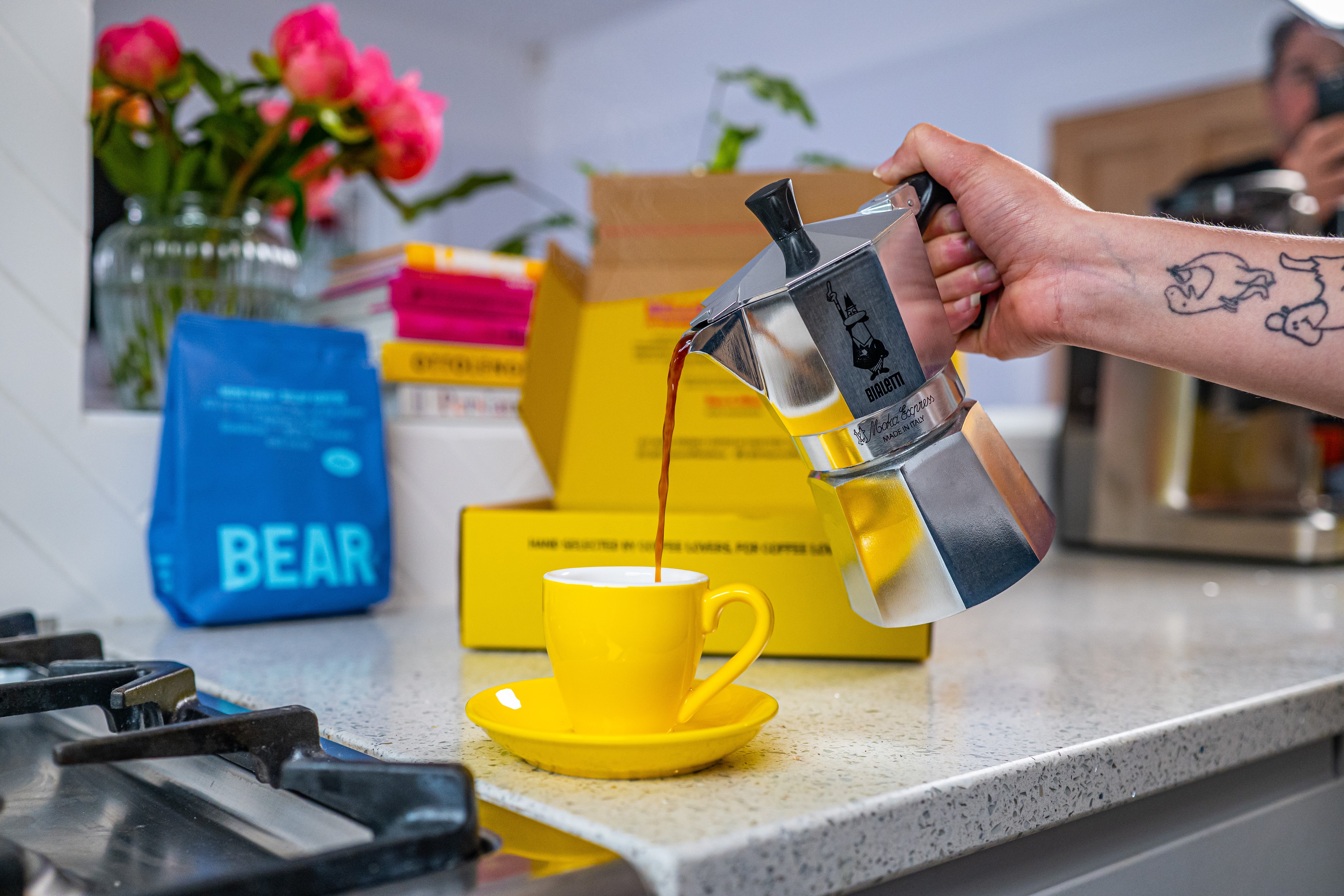
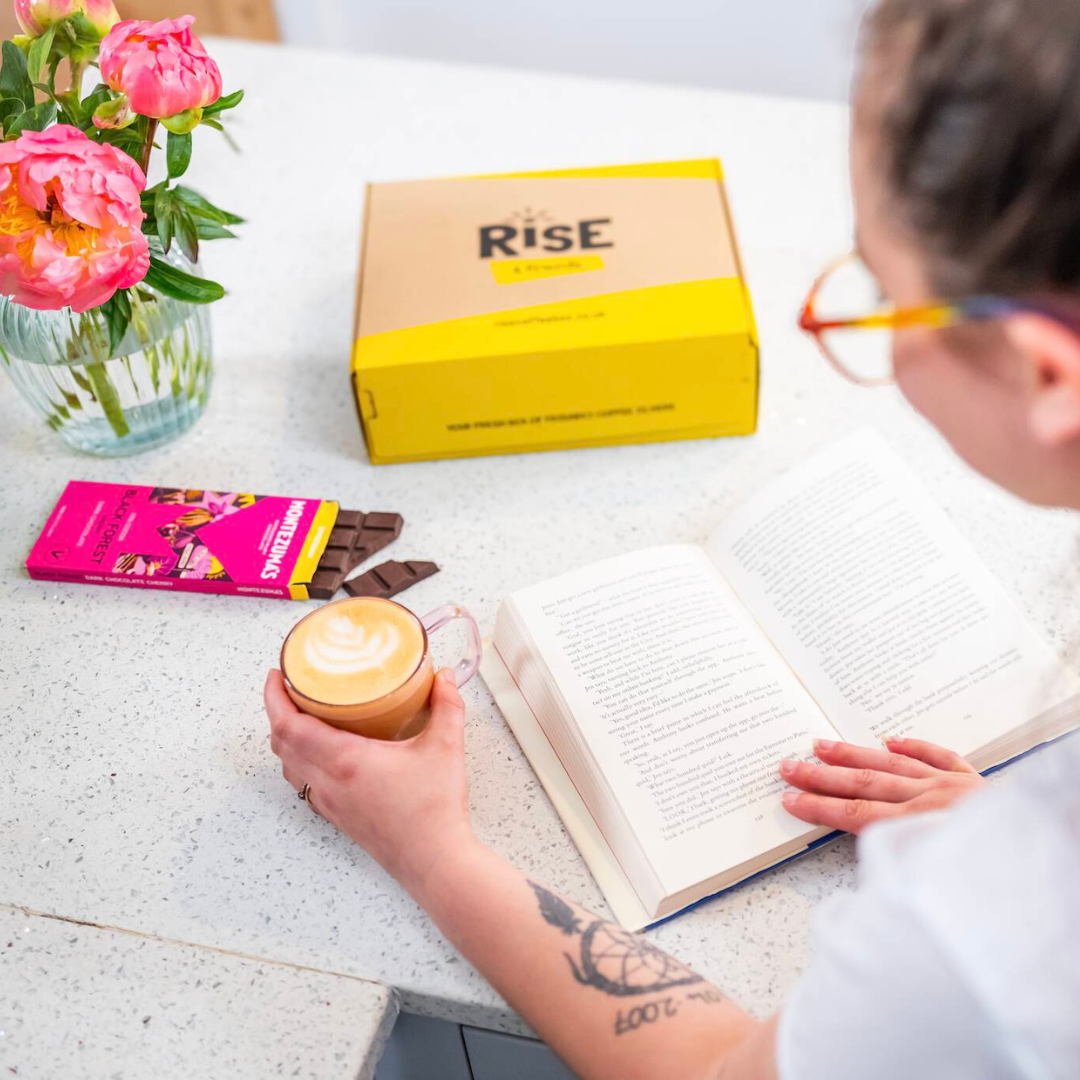










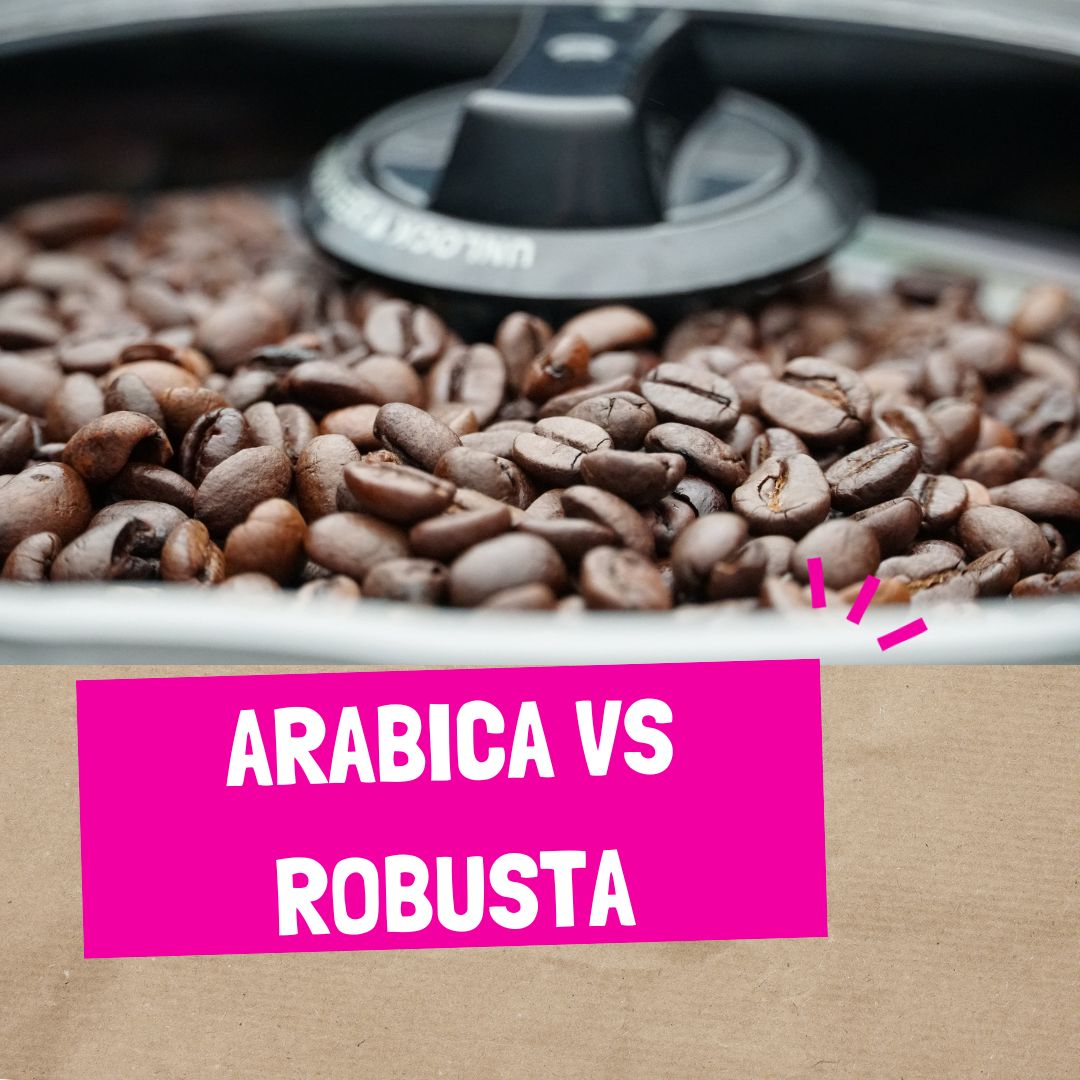




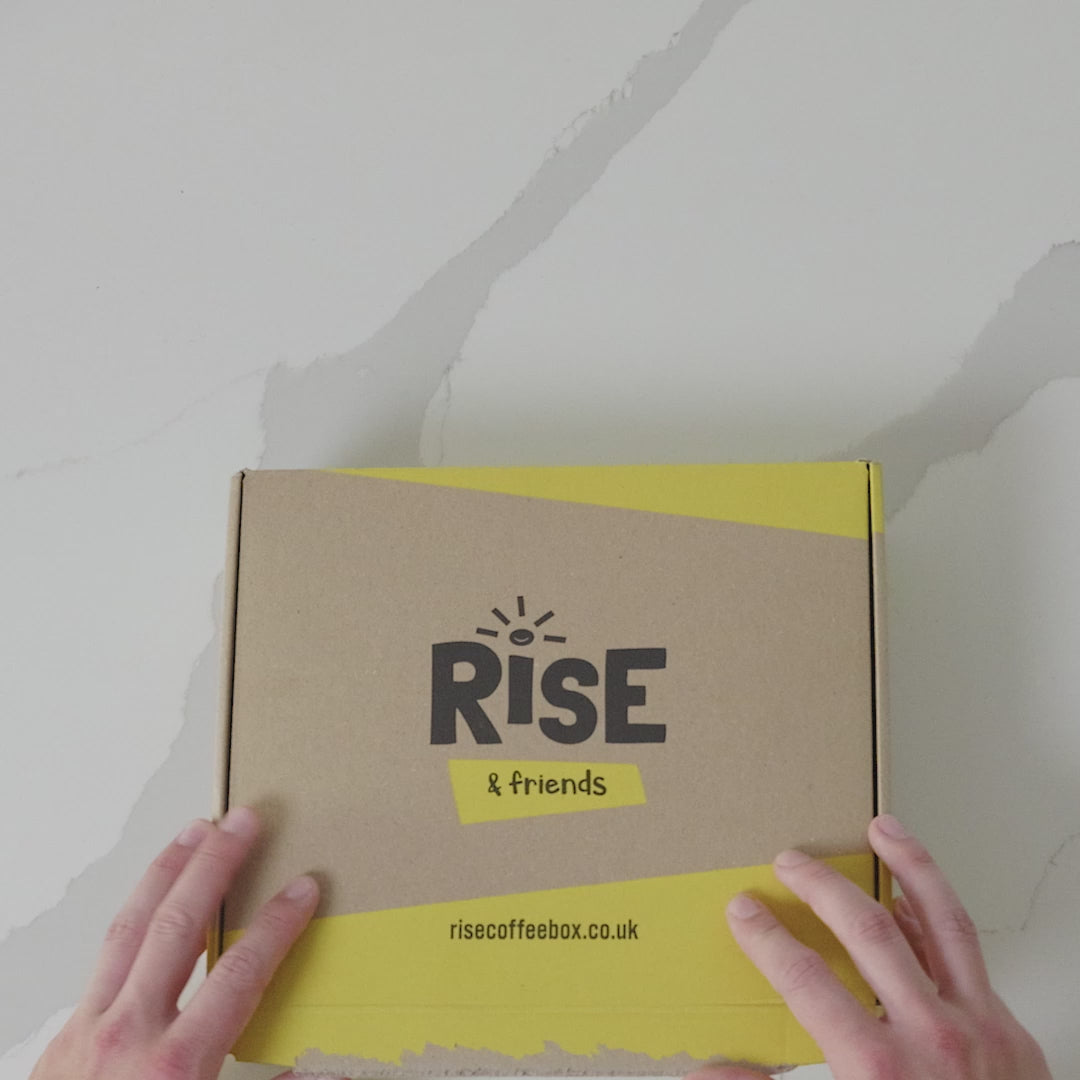








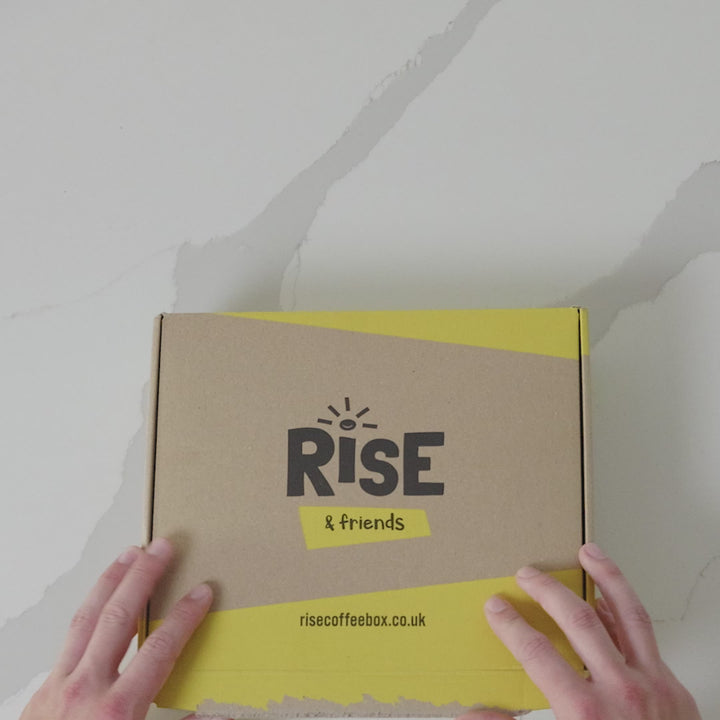




Leave a comment